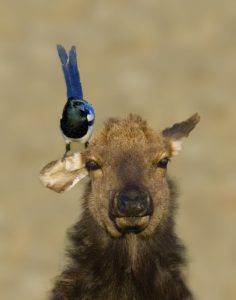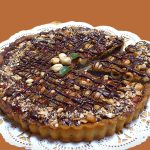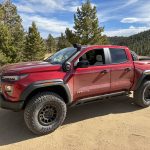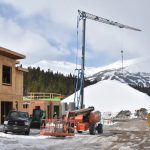Get Wild: Between seasons
Get Wild

Richard Seeley/Courtesy photo
Aspen leaves have fallen, snow has fallen, temperatures have fallen. Our thoughts are turning to snow and snowsports. Many have enjoyed those short, sweet early runs. What season is this? “Between seasons” offers us a chance to slow down, enjoy less traffic congestion. With the early sunsets, darkness is early, and stars are out, so we early-to-bedders can actually stay awake to take in our beautiful night skies.
At our high elevation, we are lucky to have so many clear bluebird days that turn into perfect stargazing or meteor-catching opportunities. The Milky Way is quite visible in Summit County, while unknown to many people living in light-polluted cities. I am thankful for the continuing efforts to protect our dark skies, and especially for Breckenridge to be our first International Dark Sky Community-certified town.
Wildlife is having to adapt to these changes as well. Some are already in hibernation, some are getting set up for winter warm spots and checking on their food stashes. We have our year-round birds preparing for the cold, while many are still migrating through. Although past peak bird migration, birds will still be migrating in the month of November. They intuitively know the stars better than we do, and have used them for millennia to find their way south and north again.
These amazing migrators finding their way hundreds or thousands of miles south still need our help to keep our lights from distracting their night travel. Sunset is early these days, and we tend to want lights on. Be sure to shut off unnecessary outdoor lights or install downcast motion sensors. Drawing shades closed to prevent your indoor lights from distracting them is helpful.
Unlike our native mammals, people today are used to the luxury of lights and heat in the cold weather months. How do other large mammals survive? Just like us, they put on warm coats: Moose, deer, and elk all have hopefully put on a bigger layer of fat, and are growing more fur for the cold season.
Moose, elk, and deer grow long hollow hairs to trap heat. I think that is much like my down-feather-filled jacket, except I just buy it and wear it as needed. Chilly Alaska has the largest population of moose. Our Colorado moose population has grown to upwards of 3,500. But our warming climates present moose with challenges, making them more susceptible to parasites and causing them to expend more energy and change their behavior to stay cool in warmer months.
Many birds sleep longer in winter in Colorado. Longer nights mean more time to rest and conserve energy. During the day, birds may reduce activity to conserve heat and energy. At night they may enter a state of torpor, lowering body temperature and metabolism to conserve heat and energy. Some huddle together to conserve heat. Fluffing feathers also creates a warmer insulating layer for the cold.
Deer and elk spend more time sleeping in winter, but it’s not continuous, deep sleep. They bed down for long periods during the coldest times to conserve energy by lowering metabolism and using some of that stored body fat. More resting time allows them to reduce energy expenditure during the cold times.
The Native Ute people lived here for thousands of years. They stayed in Summit County for the summertime with prolific fishing and hunting, then moved to lower elevation for the winter months. Ute wickiups were good shelters in the summer, but were purposefully temporary shelters that allowed easy moves to lower elevations come wintertime.
“Get Wild” publishes weekly in the Summit Daily News. Karn Stiegelmeier is a volunteer wilderness ranger and board member of Eagle Summit Wilderness Alliance.
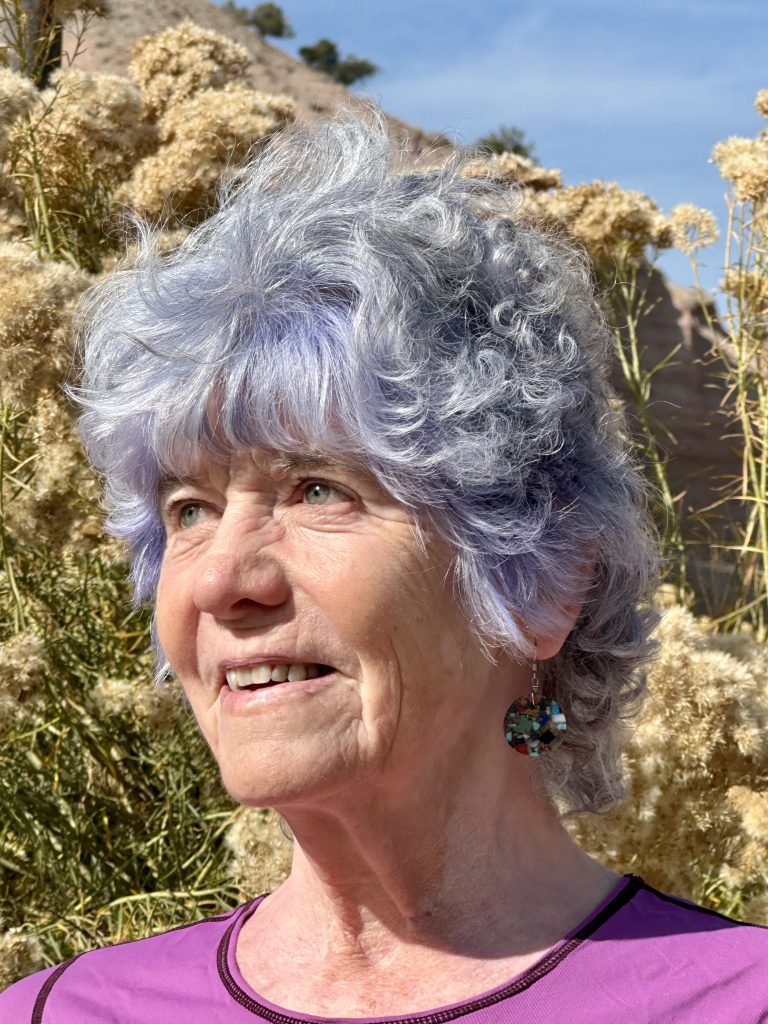

Support Local Journalism

Support Local Journalism
As a Summit Daily News reader, you make our work possible.
Summit Daily is embarking on a multiyear project to digitize its archives going back to 1989 and make them available to the public in partnership with the Colorado Historic Newspapers Collection. The full project is expected to cost about $165,000. All donations made in 2023 will go directly toward this project.
Every contribution, no matter the size, will make a difference.
